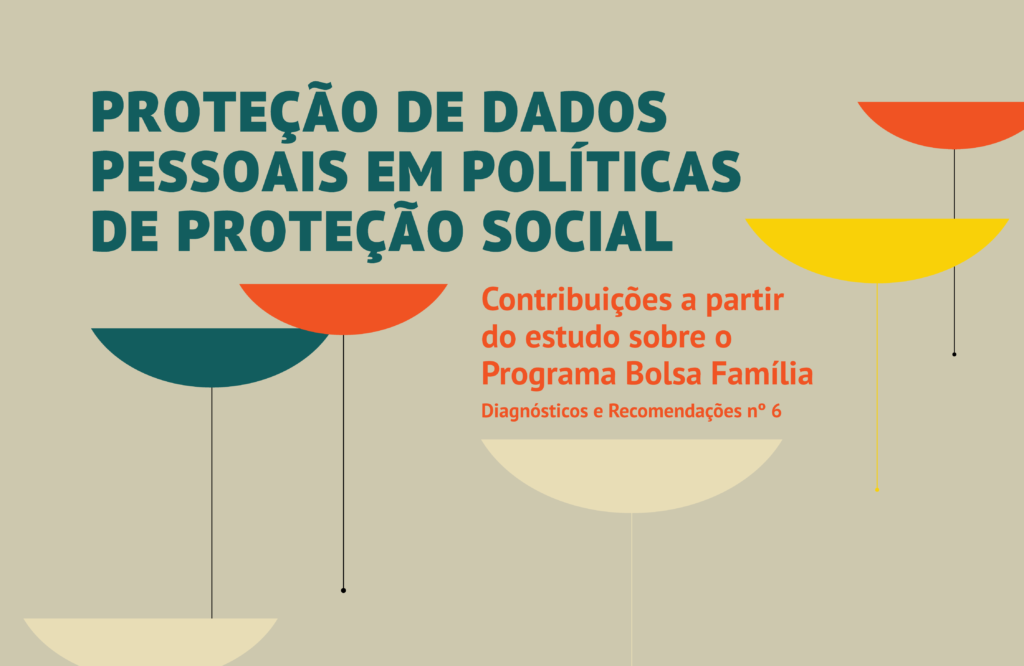
InternetLab releases report about personal data protection in social protection policies
The sixth number of the series Diagnósticos&Recomendações highlights concerns involving personal data protection in social assistance programs, and presents recommendations and measures for the theme.
Beneficiaries of social programs are frequently compelled to choose between privacy and social security rights, as pointed out by the United Nations Special Rapporteur on extreme poverty and human rights. That occurs because it is not unusual for beneficiaries to have their data exposed, and there is a lack of transparency over its use by the State, which may lead to vigilantism, reinforcing vulnerabilities.
Within this context, how can social protection be thought in the perspective of datification of life? Based on this question, InternetLab releases this Thursday (21) the report “Personal data protection in social protection policies: contributions from a study about Bolsa Família Program”. The document brings recommendations that seek to take forward the debate about data and privacy issues within social protection programs.

The report arises from analyses produced in the scope of the research project “Social protection, gender and privacy: the case of Bolsa Família Program”, and it considers the enactment of the General Data Protection Act, in September 2020.
In the study about Bolsa Família Program (BFP), the treatment chain of the data collected from the beneficiaries was analyzed, in order to illuminate an important aspect of privacy distribution in a society deeply affected by class, race, and gender asymmetries.
In this document, measures to conciliate the rights to data protection, to privacy and to social protection in general are presented, therefore going beyond BFP.
The document presents measures to ensure that the execution of public policies is in compliance with the fundamental rights to privacy and to personal data protection (as recognized in recent trials in the Federal Supreme Court, e.g. ADI n. 6389) of citizens contemplated by the program. For this purpose:
(i) An example of the personal data lifecycle in the scope of BFP is presented, and its critical points are identified;
(ii) The steps and measures to be observed throughout the lifecycle of a public policy are indicated;
(iii) Concrete recommendations to the regulation of BFP are presented, aiming at its suitability to the identified critical points.
Read the full text of the report “Personal data protection in social protection policies”.
___________
*The detailed results of this research can be found in Valente, Neris & Fragoso, “Presa na rede de proteção social: privacidade, gênero e justiça de dados no Programa Bolsa Família”, in Revista Novos Estudos, in press.